Ever wondered why some nonprofits seem invisible online? It’s all about SEO – the secret sauce for online visibility. Nonprofits must learn SEO to spread their message online. This isn’t just about appearing on the first page of Google; it’s about connecting with people actively seeking ways to contribute to a cause. Here at Plerdy, we understand the importance of this digital footprint. In this article, we’ll unveil ten essential SEO tips specifically tailored for nonprofits, ensuring your organization doesn’t just get found but also makes a lasting impression. Let’s dive into the world of SEO and transform your online presence!

Understanding SEO Basics
Diving into SEO can feel like trying to learn a new language. But don’t worry, it’s not about becoming a tech whiz overnight. It’s about knowing just enough to get your noble cause noticed in the vast ocean of the internet. Let’s simplify it.
What Is SEO for Nonprofits?
At its core, SEO is about making your nonprofit visible in the digital world. It’s about ensuring that your website is among the top results when someone types a related query into a search engine. This visibility is crucial; higher search rankings often translate to increased awareness, engagement, and donations for your cause.
Key Elements of SEO
- Keyword Research: Identify what your potential supporters are searching for and integrate those terms into your website content.
- On-page Optimization: Ensuring each page on your site, from blog posts to your about page, is optimized for search engines. This includes using relevant keywords, creating engaging meta descriptions, and using alt text for images.
- Technical SEO: This involves the backend of your website – making sure it loads quickly, is mobile-friendly, and provides a smooth user experience.
- Content Quality: Search engines favor websites with original, valuable, and regularly updated content. Your articles, videos, and other materials should engage and inform your audience.
Why SEO Matters for Nonprofits
For nonprofits, SEO isn’t just a tool; it’s a megaphone. It amplifies your message to an audience interested in supporting causes like yours. By optimizing your website, you’re not just competing for clicks – you’re making your mission more accessible to those who care.
Remember that SEO is an ongoing journey. It’s about continuous improvement and adaptation to the ever-changing digital landscape. And while it might seem daunting at first, its impact on your nonprofit’s reach is immeasurable. Embrace SEO as part of your digital strategy, and watch your nonprofit’s online presence grow stronger.
SEO Keyword Research and Optimization for Nonprofits
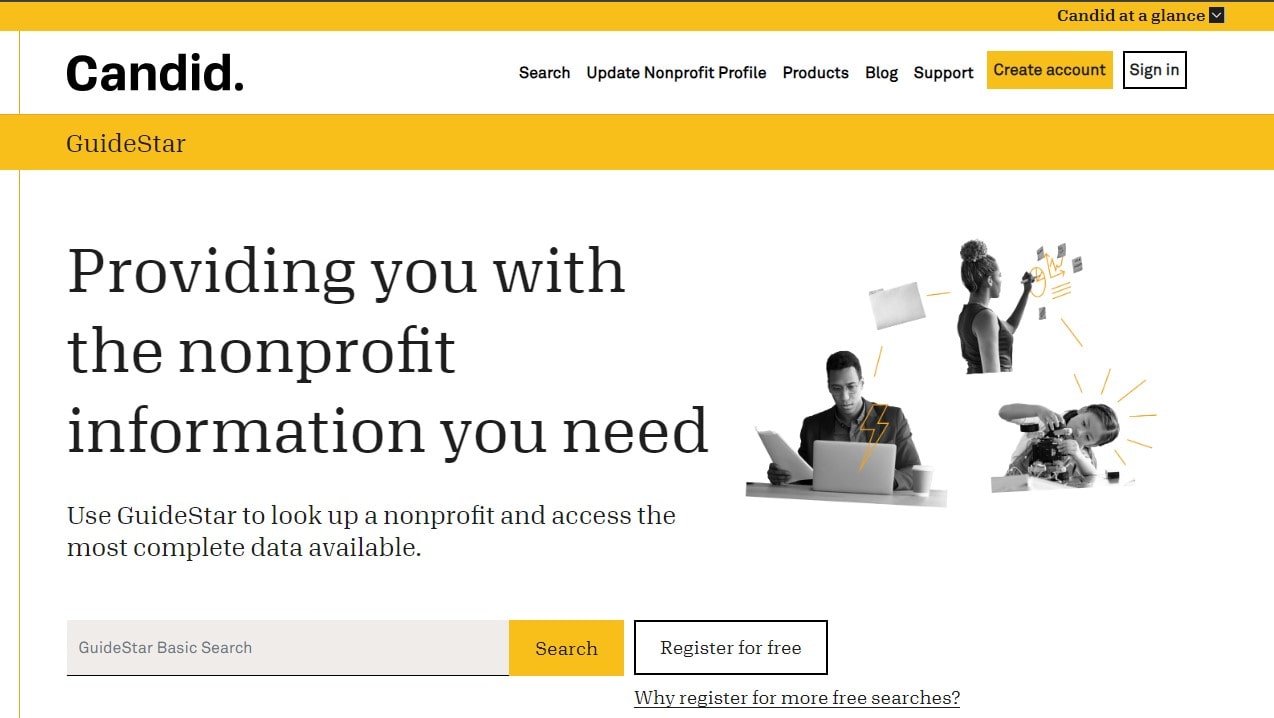
Think of SEO keywords as the secret handshake to the online search world for nonprofits. If you know the right words, doors open in nonprofit SEO. For nonprofits, finding the right SEO keywords is like discovering a map of your audience’s heart in the search landscape. Let’s dive into how to uncover these magic words and use them effectively in nonprofit SEO.
Tools for SEO Keyword Research in Nonprofits
Start your nonprofit’s SEO keyword journey with the right tools. Google’s Keyword Planner is a trusted tool for nonprofit SEO, including search volumes and competition levels. Another useful tool for nonprofit search optimization is SEMrush, which offers comprehensive data on keyword trends and competitor analysis. Don’t forget about Moz’s Keyword Explorer, which helps identify long-tail keywords – those specific, often longer phrases that can drive targeted traffic to your nonprofit’s site in search engines.
Integrating Keywords into Nonprofit Content for SEO
Once you have your SEO keywords, it’s time to naturally weave them into your nonprofit’s content. This isn’t about stuffing words into every sentence but incorporating them in a way that feels organic and enhances search optimization. Ensure your primary keyword appears in critical areas – the title, headings, first paragraph, and meta description of your content for optimal nonprofit SEO. Also, use related keywords throughout to enrich your content’s context in search engines. Remember, search engines are smart enough to understand synonyms and related terms, so variety is your friend in enhancing your nonprofit’s visibility in search results.
SEO Improving Website Structure for Nonprofits
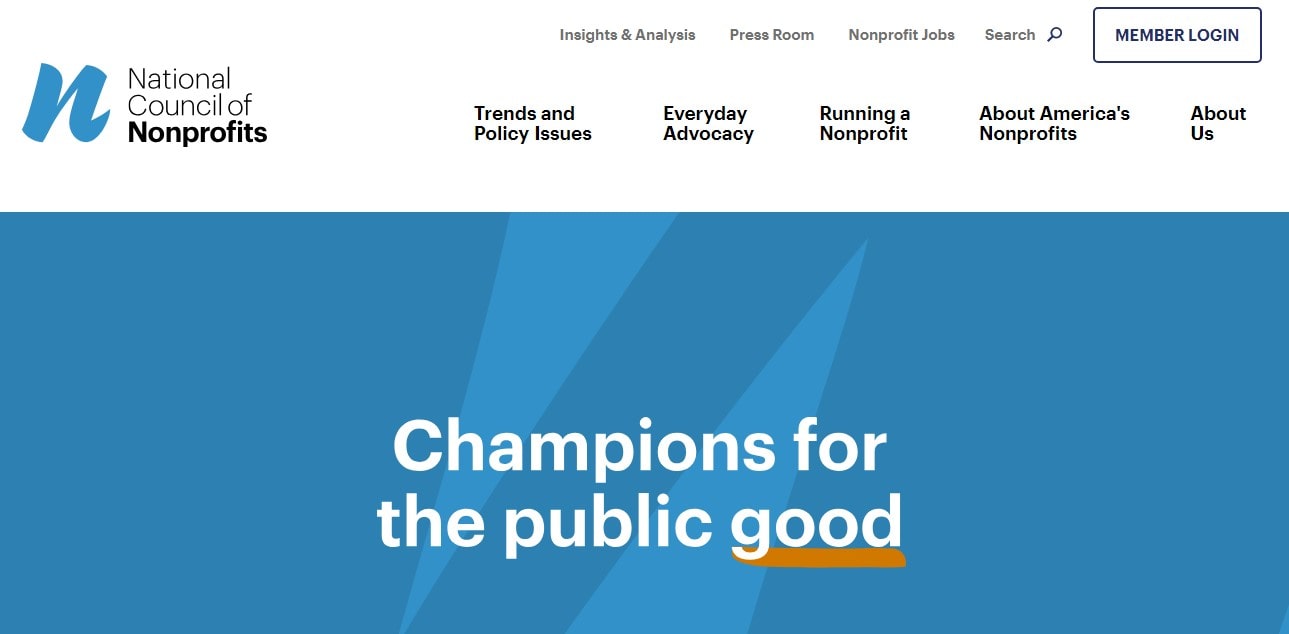
Imagine navigating a library where books are scattered all over the place. That’s what a poorly structured website feels like in the context of nonprofit SEO and search optimization. A well-organized website, on the other hand, not only pleases visitors but also search engines, which is crucial for nonprofits seeking online visibility. Let’s straighten those digital shelves for better SEO and user experience!
A solid website structure for nonprofits starts with clear navigation, which is vital for SEO and search effectiveness. It should be intuitive, guiding visitors effortlessly to the information they seek, which is essential for nonprofit websites. This involves having a logical hierarchy in your menu, clear categories, and a search bar for easy access, all contributing to SEO and search efficiency. Your URL structure also plays a crucial role in nonprofit SEO. Keep URLs short, clean, and descriptive. This improves your nonprofit’s search appearance by helping users and search engines comprehend each page.
Internally linking your pages in a nonprofit website is like creating a web of information that holds your site together, which is crucial for SEO. It enhances user experience by providing relevant additional content, keeping visitors engaged for longer. Moreover, a good internal linking strategy boosts your nonprofit’s SEO as it helps search engines crawl your site more efficiently, improving your search visibility. This strategic approach is key in building an SEO-friendly website for nonprofits, making it easier for search engines to navigate and rank your site effectively.
Content is King

In the realm of SEO, content wears the crown. It’s the heartbeat of your website, pulsating with information, stories, and insights that draw people in. For nonprofits, content isn’t just about filling pages; it’s about telling your story, sharing your mission, and connecting with hearts and minds.
Creating Engaging Content
Engaging content goes beyond writing. This is about telling audience-friendly storytelling. Use various formats – blog posts, videos, infographics, and podcasts – to cater to different preferences. Each piece should provide value, whether educational, inspirational, or practical. Ensure your content reflects your nonprofit’s values and speaks directly to your supporters’ interests and needs. For instance, share success stories, impact reports, or insightful articles on issues your nonprofit addresses.
Content for SEO
While creativity is key, so is optimization. Incorporate keywords naturally, ensuring they align with your content’s topic and audience’s search intent. Structure your material with headers (H1, H2, H3) to help readers and search engines navigate. Alt text for images, meta descriptions, and title tags should also include relevant keywords. This not only helps in ranking but also improves accessibility. Remember, every content should serve a dual purpose: engaging your audience and signaling relevance to search engines.
Leveraging Local SEO
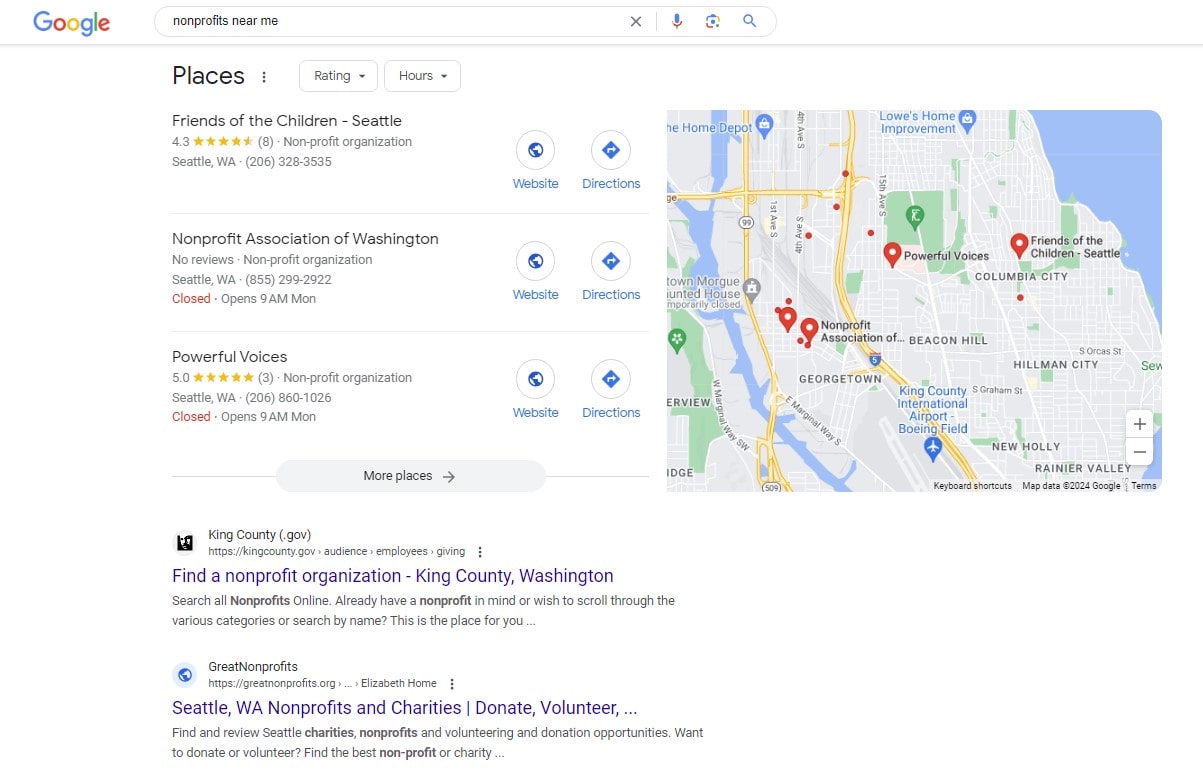
Local SEO is like being the go-to expert in your neighborhood. Getting the word out about your nonprofit and making it easy for people to get in touch with you are two main goals. For many nonprofits, the local audience is their most crucial supporter base, making local SEO an indispensable part of their digital strategy.
Local SEO begins with claiming and optimizing your Google My Business listing. This is your digital storefront, where you can display crucial information like location, contact details, and operation hours. Encourage reviews from volunteers, donors, and beneficiaries, as positive reviews boost your visibility and credibility.
Next, focus on local keywords. These are phrases that people in your area are likely to use when searching for services you offer. For example, if you’re a food bank in Atlanta, you’ll want to include phrases like “food bank in Atlanta” or “Atlanta hunger relief” in your website content.
Local SEO is not just about being found; it’s about being found by the right people – those in your community who are most likely to engage with your cause. It connects your mission with those who are physically closest and often most able to support it.
SEO Building Backlinks for Nonprofits
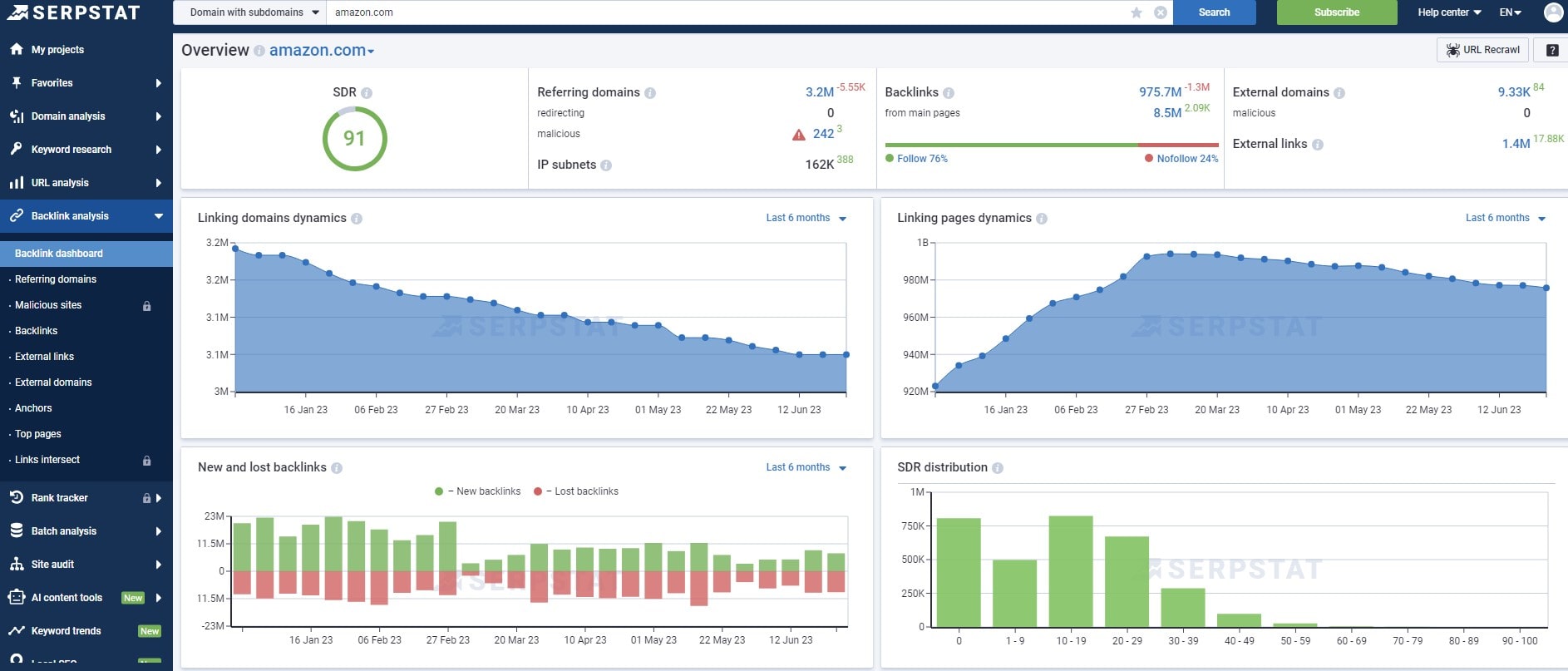
Backlinks in SEO are like nods of approval in the digital landscape, especially for nonprofits. For a nonprofit, they’re not just links; they’re SEO bridges connecting you to a broader audience, enhancing your credibility, and boosting your search visibility.
SEO Identifying Backlink Opportunities for Nonprofits
The first step is to discover where your nonprofit’s insights can shine in the SEO world. This could be forums, blogs, or websites that resonate with your mission and are crucial for search optimization. Participating in community discussions and offering valuable responses opens doors to SEO backlink opportunities for nonprofits. Engaging in online events or webinars also invites potential backlinking, which is crucial for enhancing your nonprofit’s search presence. The goal is to contribute meaningfully, aligning with your nonprofit’s objectives and values while enhancing your SEO.
- SEO Forums and Blogs: Engage and provide valuable content for nonprofits.
- Online Events/Webinars: Participate and contribute to nonprofit-focused sessions.
SEO Strategies for Acquiring Backlinks for Nonprofits
Guest blogging on reputable sites in your sector is a golden ticket for nonprofit SEO. This involves writing articles that naturally link to your site to increase search relevancy. Collaborations with similar organizations, whether for online events or joint research, can yield backlinks and enhance your nonprofit’s SEO. Tools like Moz’s Link Explorer or Ahrefs give insights into where competitors get their backlinks, offering ideas for your nonprofit’s SEO strategy.
- SEO Guest Blogging: Write for other reputable sites in the nonprofit sector.
- Collaborations: Partner with similar organizations for SEO benefits.
- SEO Competitor Analysis: Use tools like Moz or Ahrefs for nonprofit insights.
Remember that backlink building in SEO for nonprofits is a journey of fostering relationships and sharing impactful content. It’s a blend of patience and strategic outreach, crucial for improving your nonprofit’s search rankings. Each backlink is more than a URL; it’s a testament to your nonprofit’s authority and relevance in the digital realm. Keep building these digital bridges, and watch as they lead more supporters to your nonprofit’s cause, enhancing your SEO and search impact.
Mobile Optimization
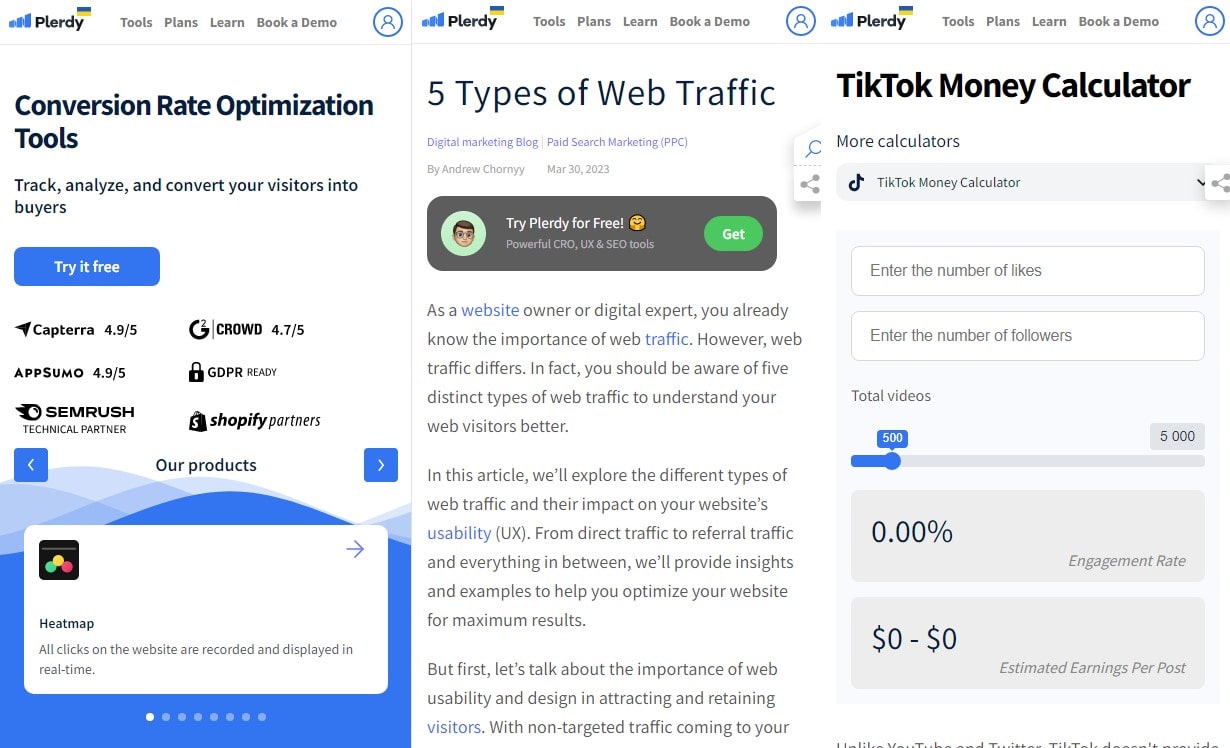
In a world where smartphones are almost an extension of ourselves, having a mobile-optimized website is like opening your doors to a wider, more engaged audience. For nonprofits, this means ensuring your message and mission are accessible anytime, anywhere, on any device.
Mobile optimization ensures a smooth mobile experience. Your site should load quickly, display correctly, and be easy to navigate on a small screen. This requires responsive design, which adapts your site to desktop, tablet, and smartphone screens. Try Google’s Mobile-Friendly Test to see how your site performs on mobile devices.
- Responsive Design: Ensure your website adjusts to various screen sizes.
- Fast Loading Times: Optimize images and scripts to improve loading speed.
- Easy Navigation: Simplify menus and touch elements for mobile users.
Mobile optimization goes beyond technology to promote inclusivity and accessibility. It’s about ensuring your nonprofit’s message is always within reach, just a few taps away. Embracing mobile optimization is embracing the future of digital engagement, where your cause can connect with supporters no matter where they are.
Utilizing Social Media
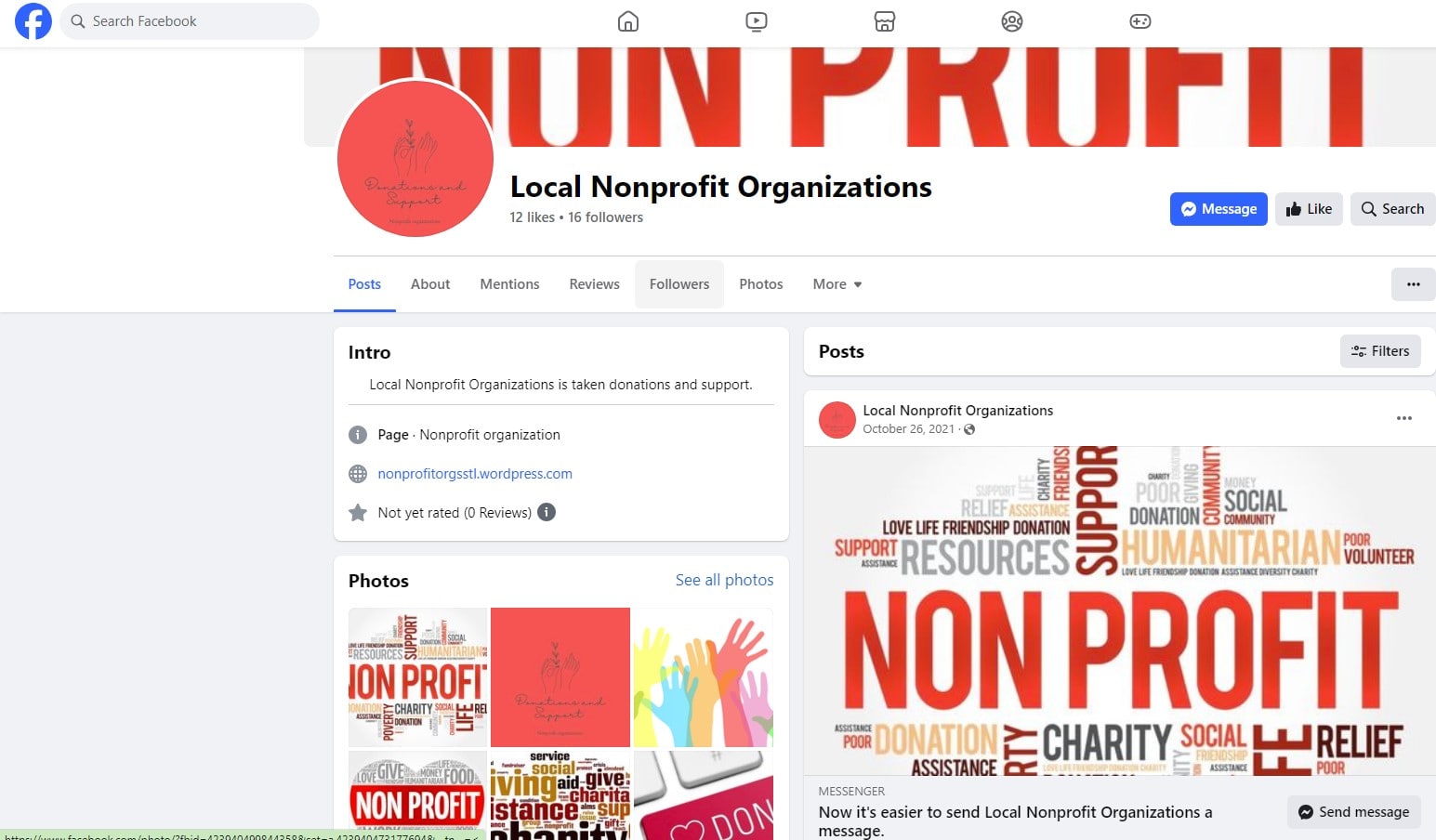
Social media is now a lively community where your nonprofit’s voice can reach far and wide. Leveraging social media effectively can amplify your cause and connect with supporters dynamically and interactively.
Social media is a unique way to tell your narrative, share events, and demonstrate your effect. The key is consistency and engagement. Post engaging material, engage with your audience through comments and messaging and use these channels to drive traffic to your website. Hashtags can increase visibility, so use them wisely to tap into relevant conversations and trends.
- Consistent Updates: Share stories, updates, and impacts regularly.
- Audience Engagement: Interact with followers to build a community.
- Hashtags: Use appropriate hashtags to promote posts.
Nonprofit social media is about establishing a community around your cause, not just posting updates. It’s a space where stories can be shared, discussions flourish, and supporters feel connected to your mission. Embrace these platforms as vital tools in your digital arsenal to foster engagement and bring your nonprofit’s story to life in the eyes of a global audience.
Optimizing for Voice Search

As voice-activated devices become more prevalent, optimizing for voice search is like opening a new doorway for potential supporters to discover your nonprofit. It’s about adapting to how people increasingly interact with technology – using their voice.
Voice search optimization requires a slightly different approach than traditional SEO. It involves understanding how people naturally speak when asking questions. This means focusing on long-tail keywords and phrasing your website’s content in a conversational tone. Often, voice searches are local and posed as questions, so including question-based phrases and local information on your site can be beneficial.
Key strategies include:
- Implementing natural, conversational language in your content.
- Using long-tail keywords that mimic spoken queries.
- Providing concise, direct answers to potential questions.
Voice search optimization for your nonprofit’s website is about accessibility, not simply technology. It’s about ensuring that when someone asks their device about ways to support a cause like yours, your organization comes up as a top recommendation. In this evolving digital landscape, adapting to voice search is another step towards making your nonprofit more accessible and visible in the online community.
Utilizing Analytics for SEO Improvement
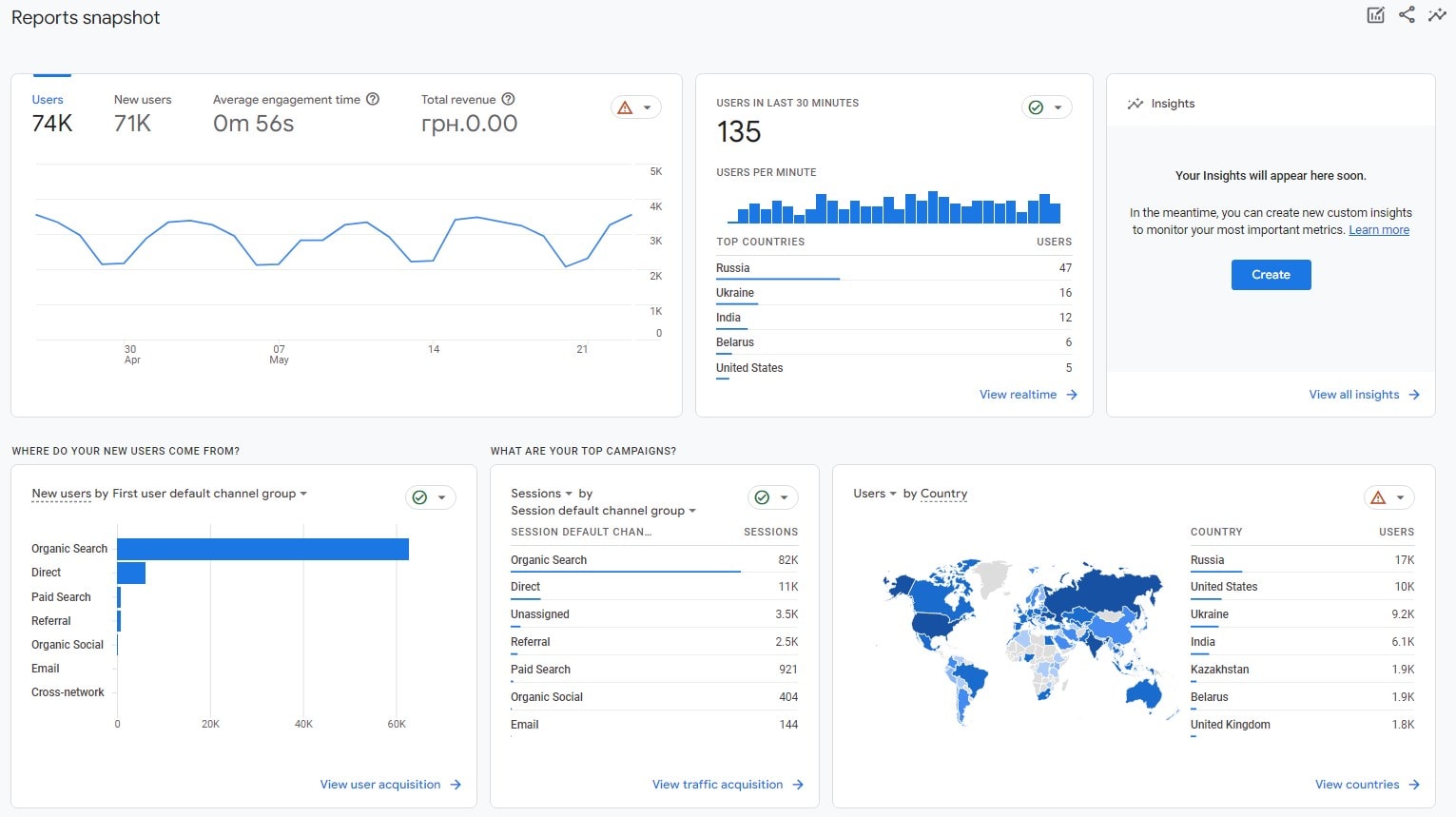
In the world of SEO, analytics is like your compass, guiding you through the ever-changing digital marketing landscape. Utilizing analytics allows nonprofits to understand how their website performs, what’s working, and what needs improvement.
Start by integrating tools like Google Analytics into your website. They show which pages are most popular, how long visitors stay, and which keywords bring traffic to your site. User behavior and preferences can be better understood using this data.
Key aspects to focus on include:
- Traffic Sources: Determine where visitors originate—organic search, social media, or direct.
- User Engagement: Analyze metrics like bounce rate and session duration to gauge how engaging your content is.
- Conversion Tracking: Monitor how well your website fulfills its goals, whether gathering donations or gaining new volunteers.
Remember that analytics isn’t just about numbers and graphs; it’s a story about your audience’s journey on your site. Understanding this tale will help you improve your SEO approach to fit your audience’s needs, improve user experience, and increase site traffic. Analytics unlocks your website’s potential by translating data into useful insights that advance your cause online.
Measuring and Analyzing SEO Performance
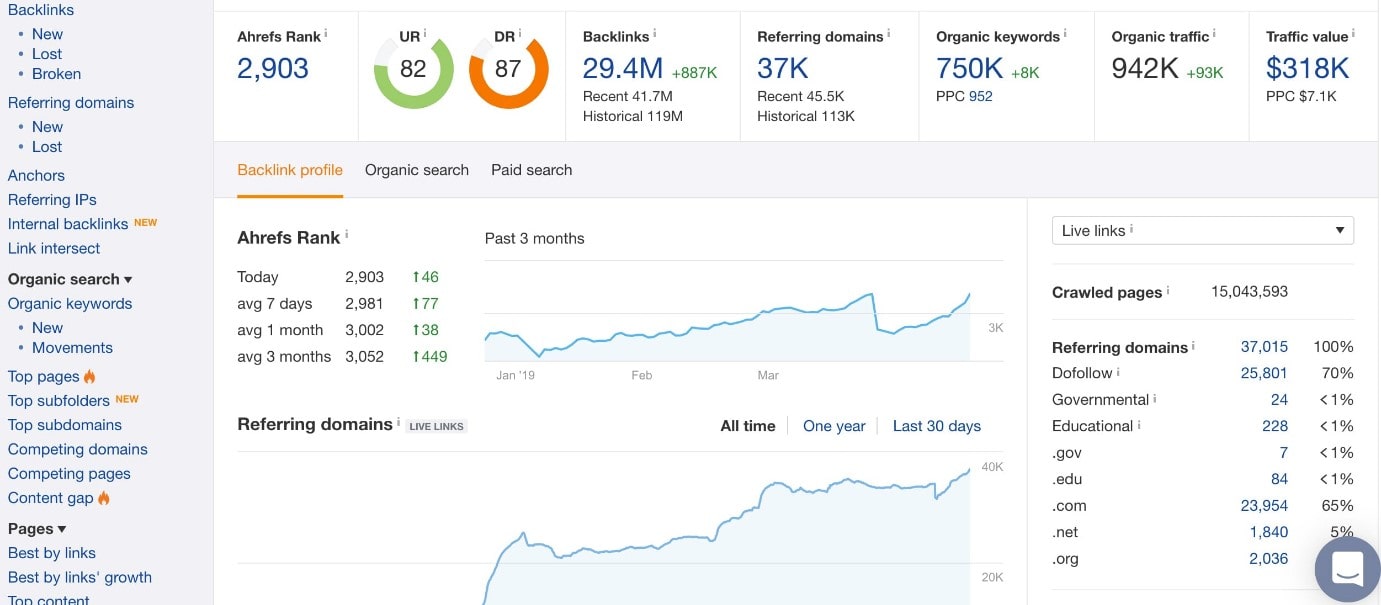
SEO is dynamic; thus, success requires measuring and analyzing techniques. This process is akin to a gardener tending to a garden; it’s essential to regularly check the health of your plants (SEO strategies) to ensure they’re growing and flourishing (effectively driving traffic and engagement).
To begin, set clear, measurable goals for your SEO efforts. Do you want more organic traffic, keyword rankings, or conversions? Once your goals are set, track your success with Google Analytics and Search Console. These tools provide insights into various aspects of your website’s performance, such as:
- Traffic Trends: To see if SEO increases traffic, especially organic traffic, monitor it.
- Keyword Rankings: Monitor search results for your keywords.
- User Behavior: Numbers like average session duration, pages per session, and bounce rate tell you a lot about how user-friendly your site is.
By keeping tabs on these indicators, you can see which SEO strategies produce the desired results and which need some tweaking. Benchmarking your performance against industry standards or previous periods is important to gauge your progress.
Measuring and analyzing your SEO performance is crucial for understanding the impact of your efforts. It’s a continuous process that requires attention and adjustment. Your nonprofit’s online presence may grow and make a difference if you keep yourself informed about how well your website performs. With this information, you may refine your SEO strategy based on hard evidence.
Conclusion
In wrapping up our journey through the essentials of SEO for nonprofits, remember that it’s not just about getting to the top of search results; it’s about connecting deeply with your audience and amplifying your mission’s impact. Like a well-tended garden, your SEO efforts need regular care and nurturing to flourish. Are you curious about other ways to enhance your online presence? Dive into more of Plerdy’s insightful articles to discover a world of digital marketing strategies tailored for success. And remember, Plerdy’s tools are here to help you measure, analyze, and elevate your SEO game, turning your digital footprint into a path leading straight to your nonprofit’s goals.
